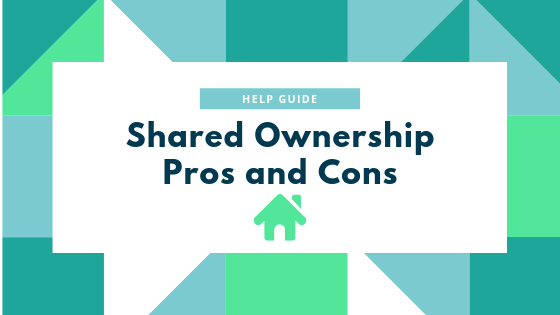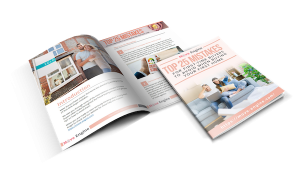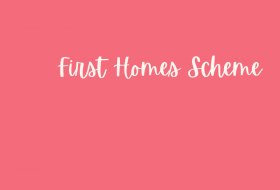For first-time buyers Shared Ownership is an affordable way to get on the property ladder, but are you still wondering whether it’s a good way to buy your first home?
To help decide whether it’s the scheme for you, here are our Shared Ownership pros and cons.
Pros
You can buy a property that you could not afford on your own
With Shared Ownership you buy a share in the property (25-75%) and rent the rest.
Your deposit is much smaller
Your deposit is much smaller – usually 10% of the value of the share you are buying.
Your monthly repayments are less than if you have an outright mortgage or are renting privately
Because the rent you pay is normally less than you would pay on the open market. (Always check this, as each provider varies).
You get security of tenure
As long as you keep up your rent and mortgage payments, you can live in the property for as long as you wish.
You can increase your share in the property
You can increase your share in the property (known as staircasing) every year until you own 100% of your home.
You might be able to sell even if you don’t own 100% of the property
Some housing associations will permit the sale of a property including their share (known as ‘back to back staircasing’).
You are ex-military or a military widow/widower
In many areas of the country, you will be considered a priority for the scheme.
Cons
You need to meet the qualifying criteria for where you live.
The criteria differs depending on where you live (England, Ireland, Scotland or Wales) and will dictate whether you qualify.
You are limited to certain properties
Most of the properties are new builds, sometimes housing association properties. They are also in short supply in some areas.
You are limited to certain lenders
Not all mortgage lenders offer Shared Ownership mortgages. You might require help from a broker, to find a mortgage.
You could be evicted if you don’t keep up your payments
If you get behind with your rent, you could be evicted by the housing association or whoever owns the building, losing your home and the money paid for your share in the property.
You will only own a share of the leasehold
Shared ownership properties are offered on a lease of 99-125 years. At the end of the lease the property reverts to the person or company that owns the freehold.
You will be expected to pay 100% of the service/maintenance charge
Even though you only own 25-75% of the property, you will be expected to the pay the service charge. It is common for these to increase each year, for the upkeep of communal areas and for buildings insurance.
You cannot sublet
It’s standard for the lease of a Shared Ownership property to include a clause that prevents the subletting of any room or all of your property.
You might find increasing your share difficult
Some housing associations may limit the number of times you can ‘staircase’ (increase your share of the property), or have a minimum limit, e.g. 10%.
You will have to pay stamp duty eventually
When you own equal shares or when your shares exceed 80%, you will have to pay stamp duty on the whole value of your property.
You may be restricted on what you can do to the property
Because you do not own the freehold, you will need permission to make any structural alterations to your home. Some even prevent you from having pets and impose other restrictions similar to renting!
Shared Ownership can offer a route to home ownership for many people, but it’s important to consider whether it is the right choice for you – make sure you’ve looked at all your options and if in doubt get some expert advice.








